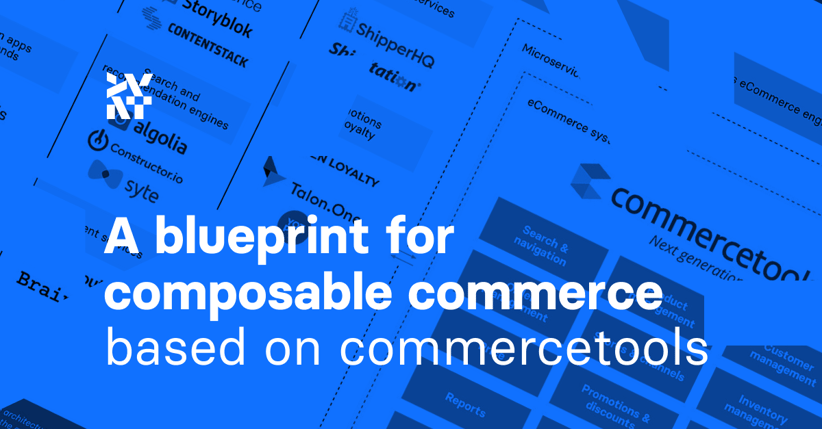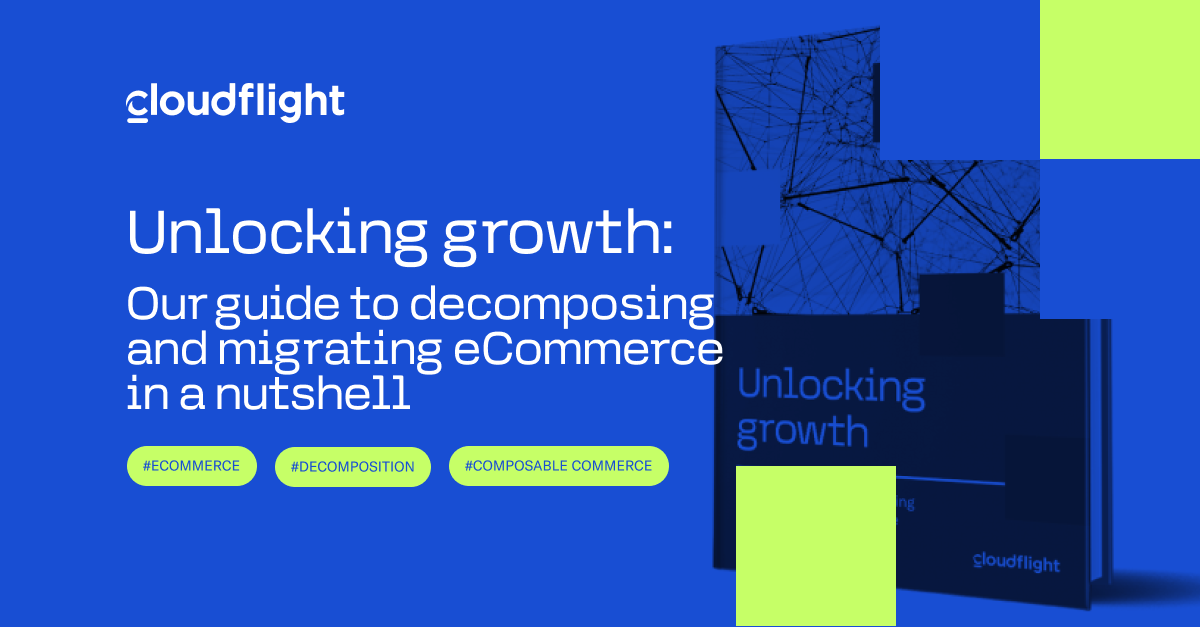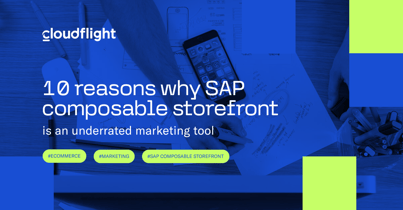While composability is the future of commerce, it provides a more fragmented landscape with multiple vendors for specific services being used. That’s why we at Divante put together a detailed guide to give you a hand. With “Reference architecture for commercetools: A blueprint for composable commerce,” prepared in collaboration with commercetools, you can explore the various features and elements of composable architecture, from frontends through composable services to the headless eCommerce backend itself.
“By definition, composability is a concept in which multiple components can be assembled in various combinations to satisfy specific user requirements. Together, they can achieve something great. So, a composable future is only possible when our solution works in tandem with strong partners. Bringing a vision to life is a collective effort. With partners like Divante helping us and our customers, we can create limitless commerce possibilities.“
Kelly Goetsch, Chief Strategy Officer, commercetools
Here’s a quick overview of what this blueprint guide offers you.
commercetools as the core of an eCommerce system
The eCommerce architecture is central to any business: It’s in charge of vital aspects such as checkout, customer management and payments. Let’s take a look at our reference architecture for commercetools’ deployments, one step at a time.
Custom domain and integration services and apps
The eCommerce system we recommend at Divante – commercetools – provides a set of always-available APIs and a data backbone or gateway to integrate into other systems. It can be used as a backend for virtually any transactional platform. As seen on the blueprint, you have various components connecting the frontend (CMS and search) and backend systems (PIM and helpdesk), such as:
- Content management systems
- Recommendation engines
- Payment services
- Shipping services
- Loyalty solutions
- Order management systems
- Product information management (PIM) systems
- Marketplaces
- Email platforms
- Helpdesk tools
- Tax management tools
This eCommerce architecture provides complete flexibility and agility to your eCommerce efforts, as you can easily compose a scalable system with best-of-breed solutions that meet your requirements. Finally, you can swap them with different vendors whenever necessary, as vendor lock-in becomes a thing of the past with composable commerce!
Unified eCommerce frontends
Failures in eCommerce often start with an unpredictable online success that leads to scalability issues. The application development paradigm has changed, and we’re heading toward more application-oriented and service-oriented tech stacks. Lifestyle development is no longer a gadget: It’s a feature that leads to improved and more predictable results.
JAMStack provides a compelling solution to scalability. It stands for JavaScript, API and markup and provides a framework to help you build the frontend. Usually, the frontend application, which is built with JS and consumes the API, is super scalable. They can be pre-rendered into static files, including HTML files and JS, and put on a content delivery network (CDN). There are plenty of solutions you can use for hosting such apps, like Vercel, Heroku and Netlify. Some of them have the CDN included, and others can be accelerated using Cloudflare, Cloudfront or even AKAMAI for app delivery.
In a nutshell, you don’t have to worry about scaling the frontend app because these applications support auto-scalability right away. They also provide users with less than 100ms response times thanks to distributed networks.
All of these platforms are also well integrated with Github, Gitlab, and all the modern continuous integration (CI) and continuous delivery (CD) systems. That way, your DevOps can switch from bug fixing to innovation output, so you’re always ahead of the competition.
Final thoughts
Composing commerce is a tough job, but it pays off on many levels. The result is a flexible, agile and future-proof architecture to adapt your commerce experiences without limits with an always-updated infrastructure.
Note that the reference architecture we present in this material isn’t the one and only viable option: It’s a point of reference. Therefore, use this guide as a starting point for your own research and experimentation, so you can explore how composable commerce best fits your needs.
Download the full version of the “Reference architecture for commercetools” eBook here.
Published December 2, 2022



![Reference architecture for commercetools - big [alt]](https://no-cache.hubspot.com/cta/default/4169016/5d7f9c7e-0d86-4f7e-a501-2e99e4d935e4.png)








